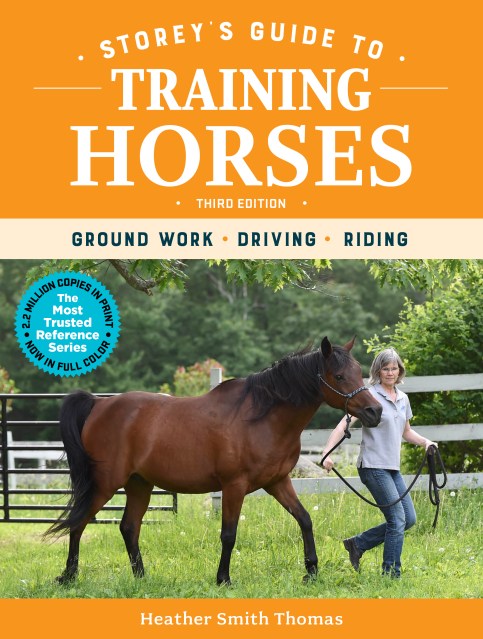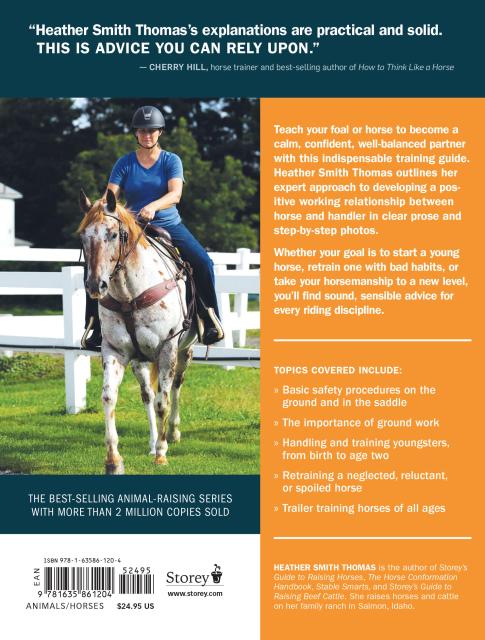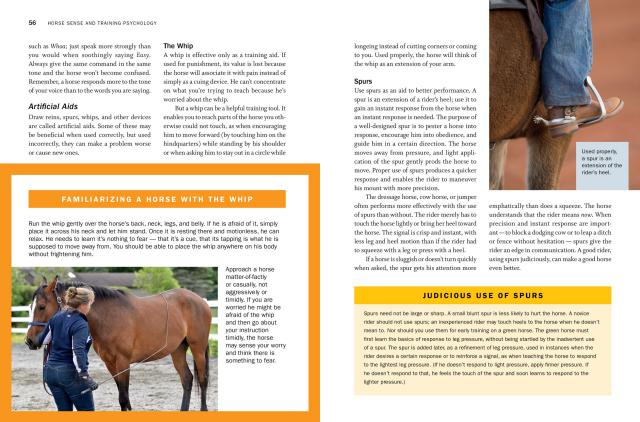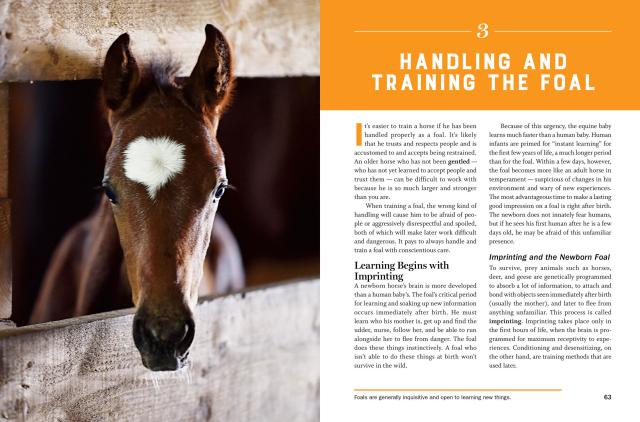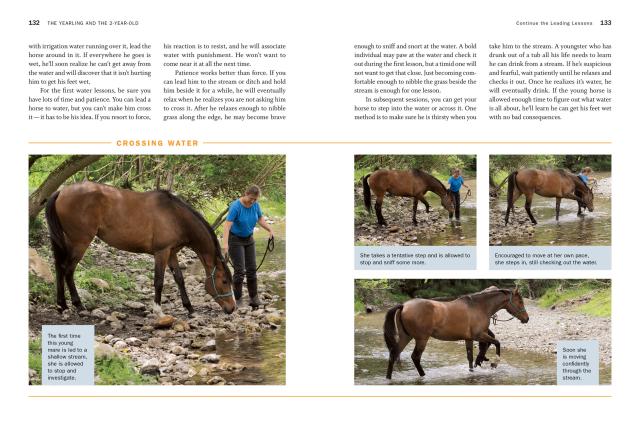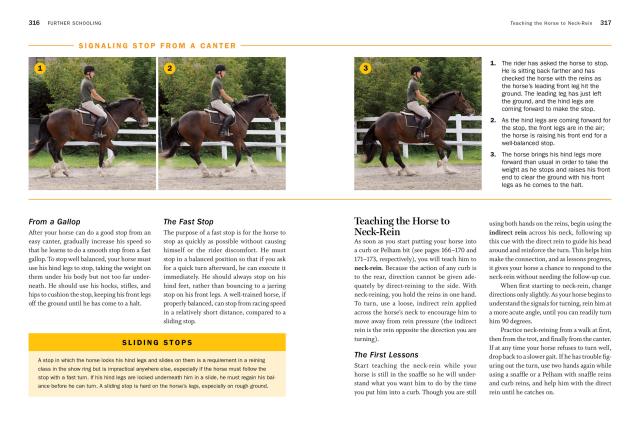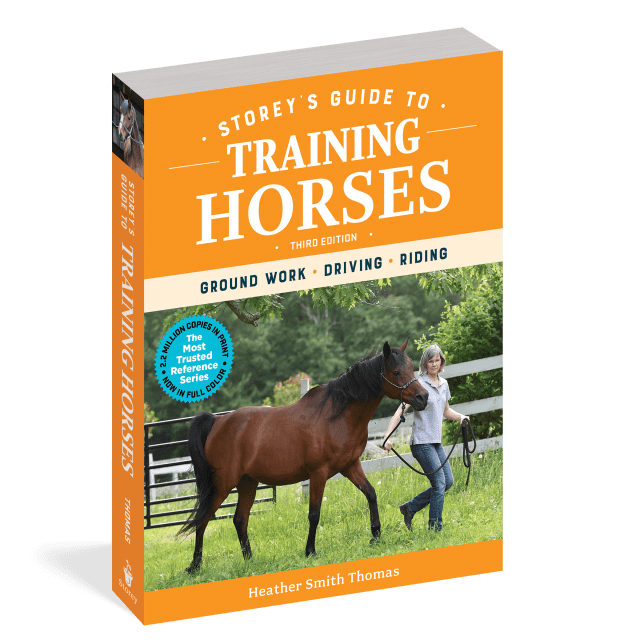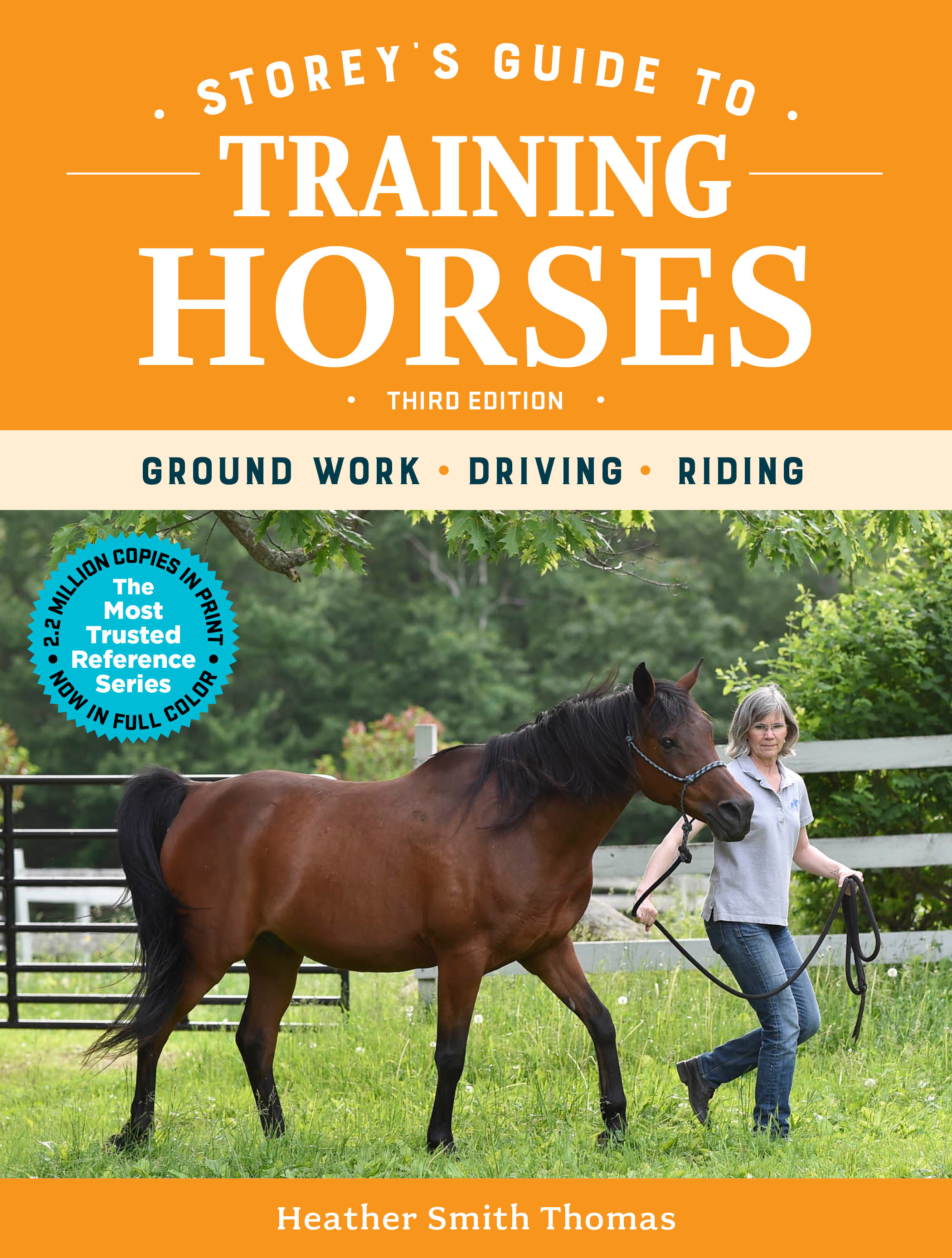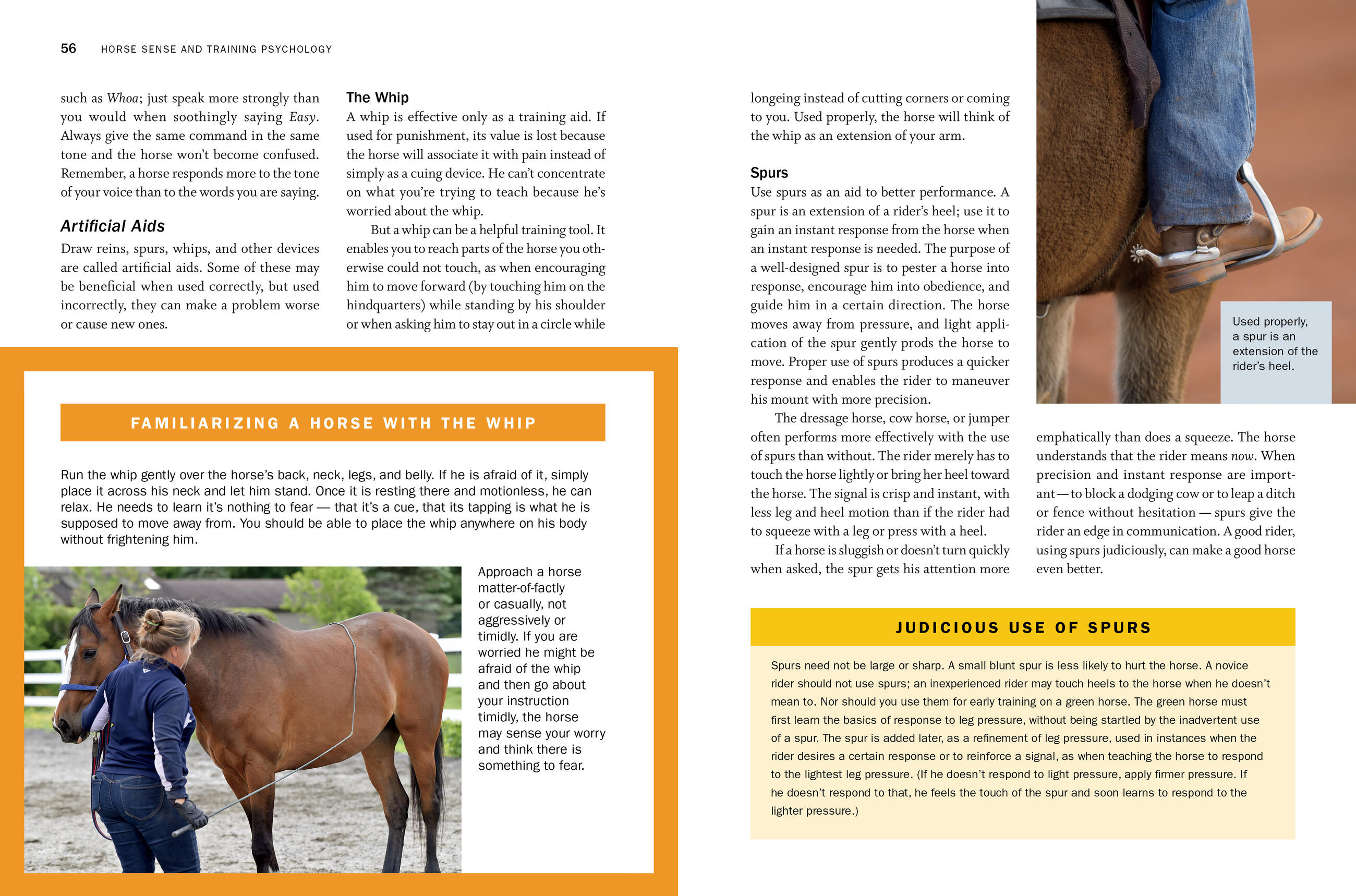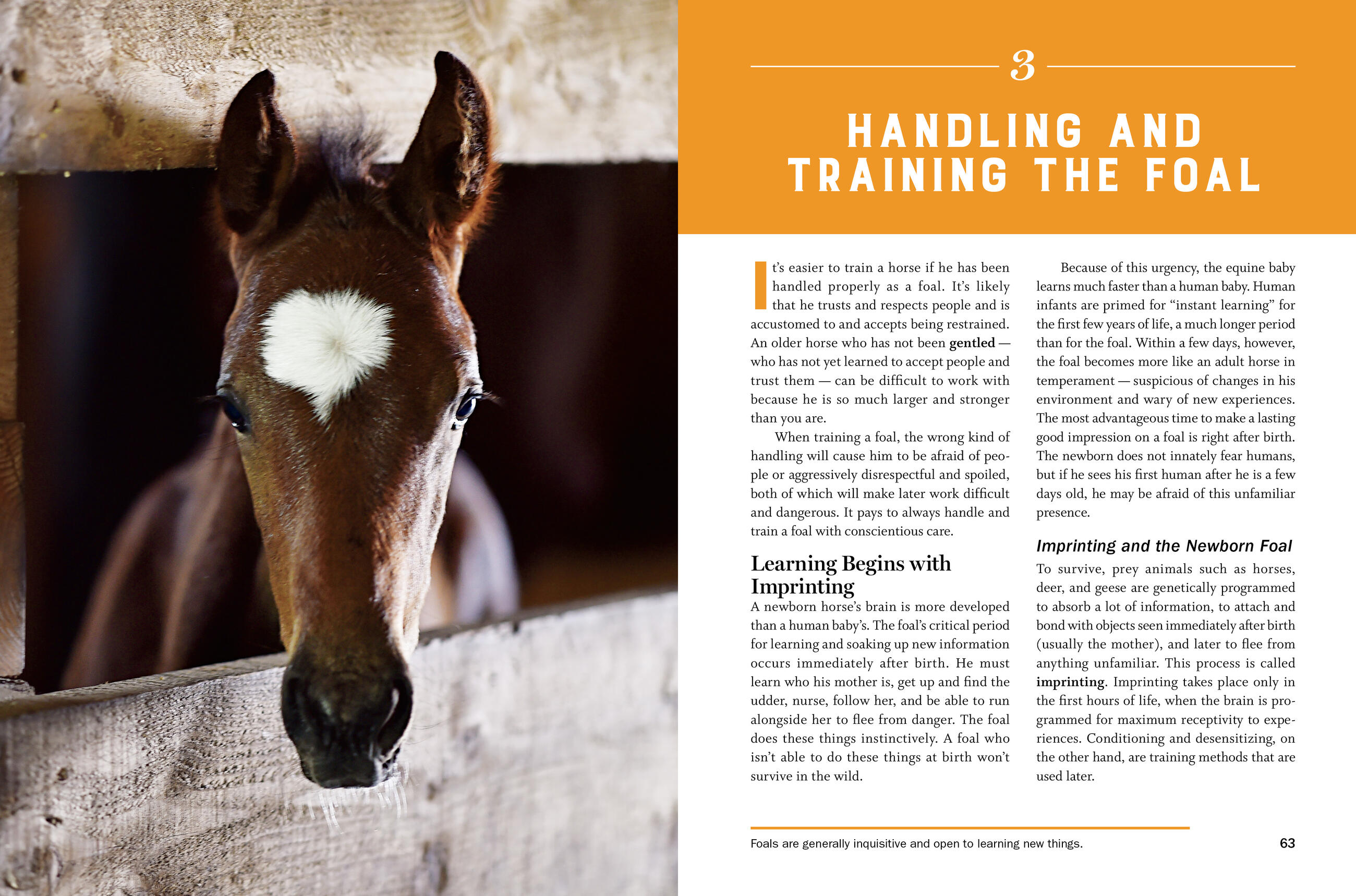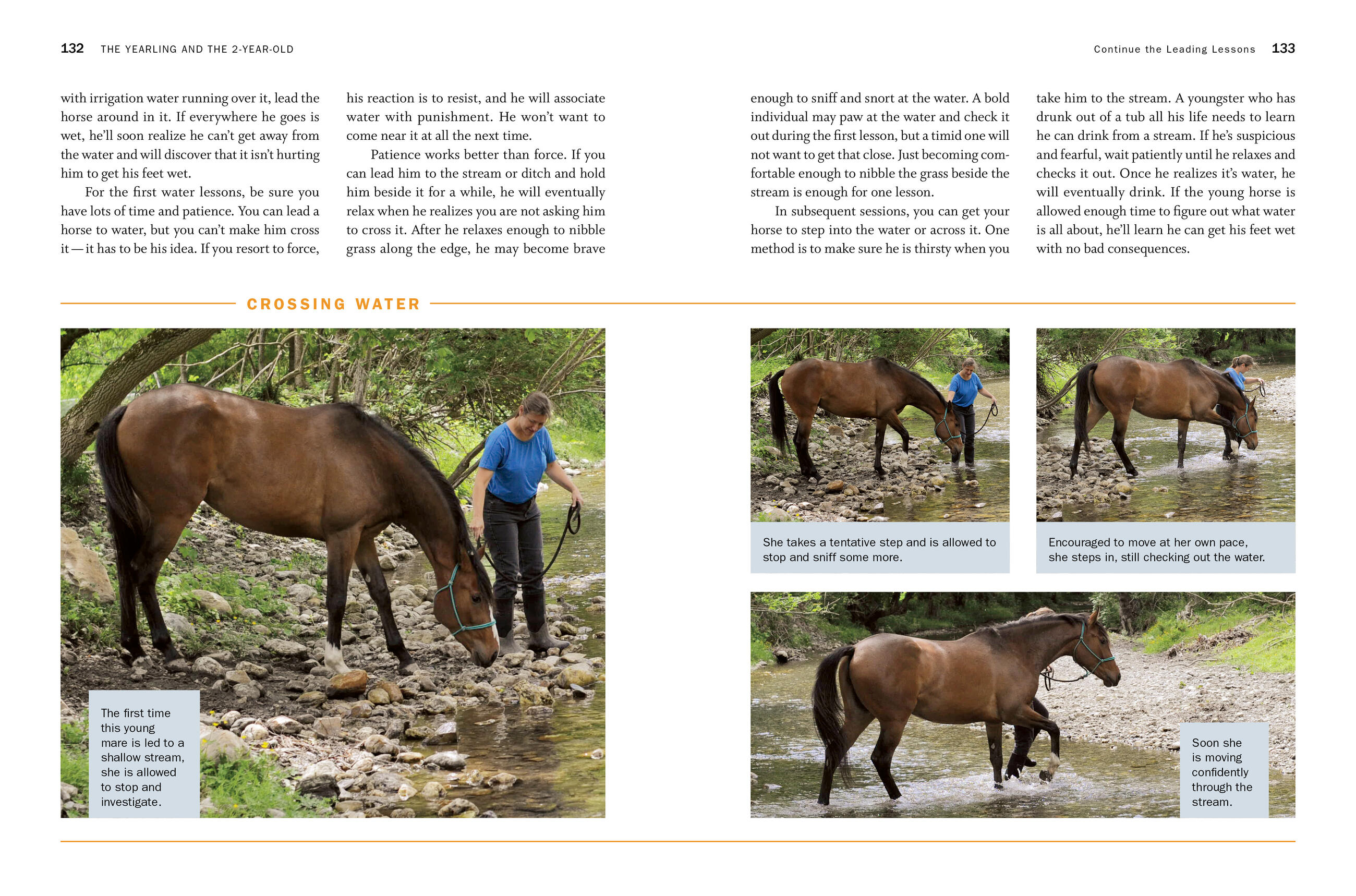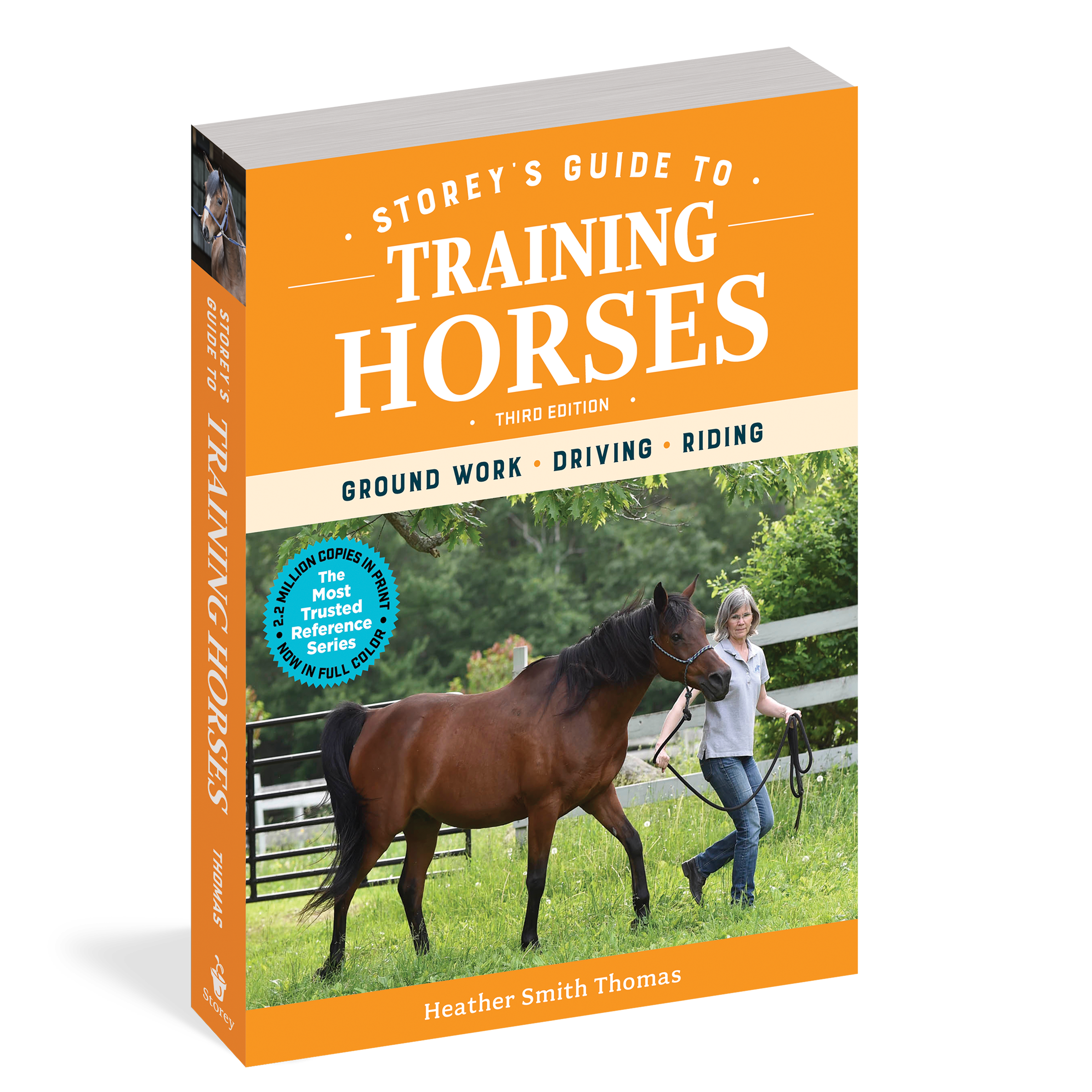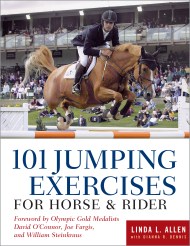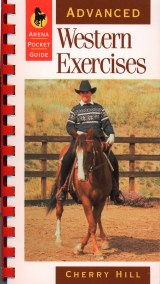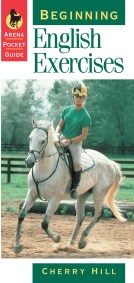Promotion
Use code MOM24 for 20% off site wide + free shipping over $45
Storey's Guide to Training Horses, 3rd Edition
Ground Work, Driving, Riding
Contributors
Formats and Prices
Price
$24.95Price
$30.95 CADFormat
Format:
- Trade Paperback $24.95 $30.95 CAD
- ebook $12.99 $16.99 CAD
- Hardcover $34.95 $43.95 CAD
This item is a preorder. Your payment method will be charged immediately, and the product is expected to ship on or around May 28, 2019. This date is subject to change due to shipping delays beyond our control.
Also available from:
Storey’s Guide to Training Horses is a one-stop reference for every aspect of horse training, including a complete program for turning a shy and gangly foal into a calm, confident, well-balanced equine partner. Now with full-color photography, the third edition includes step-by-step guidance on all the essential training procedures for both English- and Western-style riding, including haltering and leading, saddling and mounting, and addresses the finer points of gaits, lightness, and collection. Best-selling author Heather Smith Thomas draws on her decades of equestrian experience to anticipate every situation that might arise and provide answers to managing all the potential challenges of training different types of horses.
Genre:
-
“Heather Smith Thomas’s explanations are homespun, practical, and solid. Hers is advice you can rely upon.” — Cherry Hill, horse trainer and author of How to Think Like a Horse
- On Sale
- May 28, 2019
- Page Count
- 448 pages
- Publisher
- Storey
- ISBN-13
- 9781635861204
Newsletter Signup
By clicking ‘Sign Up,’ I acknowledge that I have read and agree to Hachette Book Group’s Privacy Policy and Terms of Use
